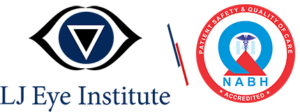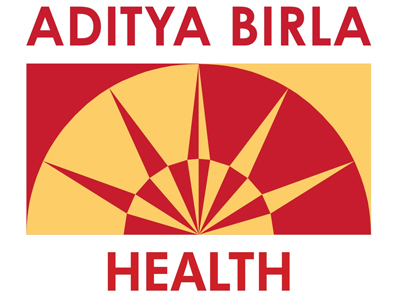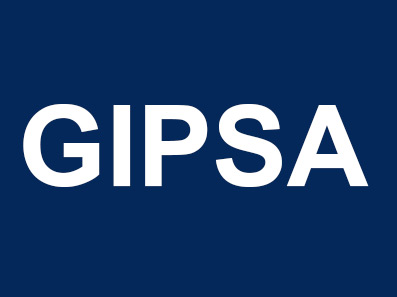Pediatric Ophthalmology
Child Eye Care | Squint Treatment | Lazy Eye Treatment | Watery Eyes Treatment | Cataract in Kids | Allergic Eye Diseases
Squnit Correction
Lazy Eye
Watery Eyes
Cataract in Kids


Kids Eye Treatments in Ambala
Our Pediatric Ophthalmology and Strabismus Service offers comprehensive primary care for diagnosing and managing infant and child vision, including common childhood vision disorders. Additionally, we perform surgeries to correct ocular misalignment and double vision in both children and adults.
Children, like adults, experience a range of eye problems, which can sometimes go unnoticed due to their inability to express them.
At LJ Eye Institute, we offer a complete range of diagnostic and therapeutic options to address all types of eye problems in children.
Why To Choose LJ Eye Institute For Child Eye Treatment?
When it comes to your child’s vision, choosing the right specialist is paramount. At LJ Eye Institute, we understand the importance of expert care and compassion when it comes to pediatric ophthalmology. Here’s why parents in Ambala choose us:
Expert Pediatric Ophthalmologist: Dr. Urvish Vashish, our renowned pediatric ophthalmologist, brings years of experience and expertise to our institute. His dedication to children’s eye health ensures that your child receives the best possible care.
What is the limit of myopia?
How long does myopia last?
What is the main cause of myopia?
Can myopia be fully cured?
Can squint be corrected at any age?
Can people with squint eyes see properly?
Can a squint come back after surgery?
Can you control a lazy eye?
Can lazy eye be treated in adults?
How serious is lazy eye?
Child Eye Specialist Dr. Urvish Vashist
Performed 3000+ Cornea Transplant Surgeries
My Approach
Lorem ipsum dolor sit amet, consectetur adipiscing elit. Phasellus vehicula ac nisl ut euismod. Vestibulum id magna rutrum, efficitur neque non, congue ante. Fusce ac finibus sem. Sed nec purus sagittis, euismod neque ac, ultrices lacus. Aenean iaculis lacinia magna, id elementum dolor malesuada sit amet. Sed at mollis velit. Suspendisse cursus, velit eu
Lorem ipsum dolor sit amet, consectetur adipiscing elit. Phasellus vehicula ac nisl ut euismod. Vestibulum id magna rutrum, efficitur neque non, congue ante. Fusce ac finibus sem. Sed nec purus sagittis, euismod neque ac
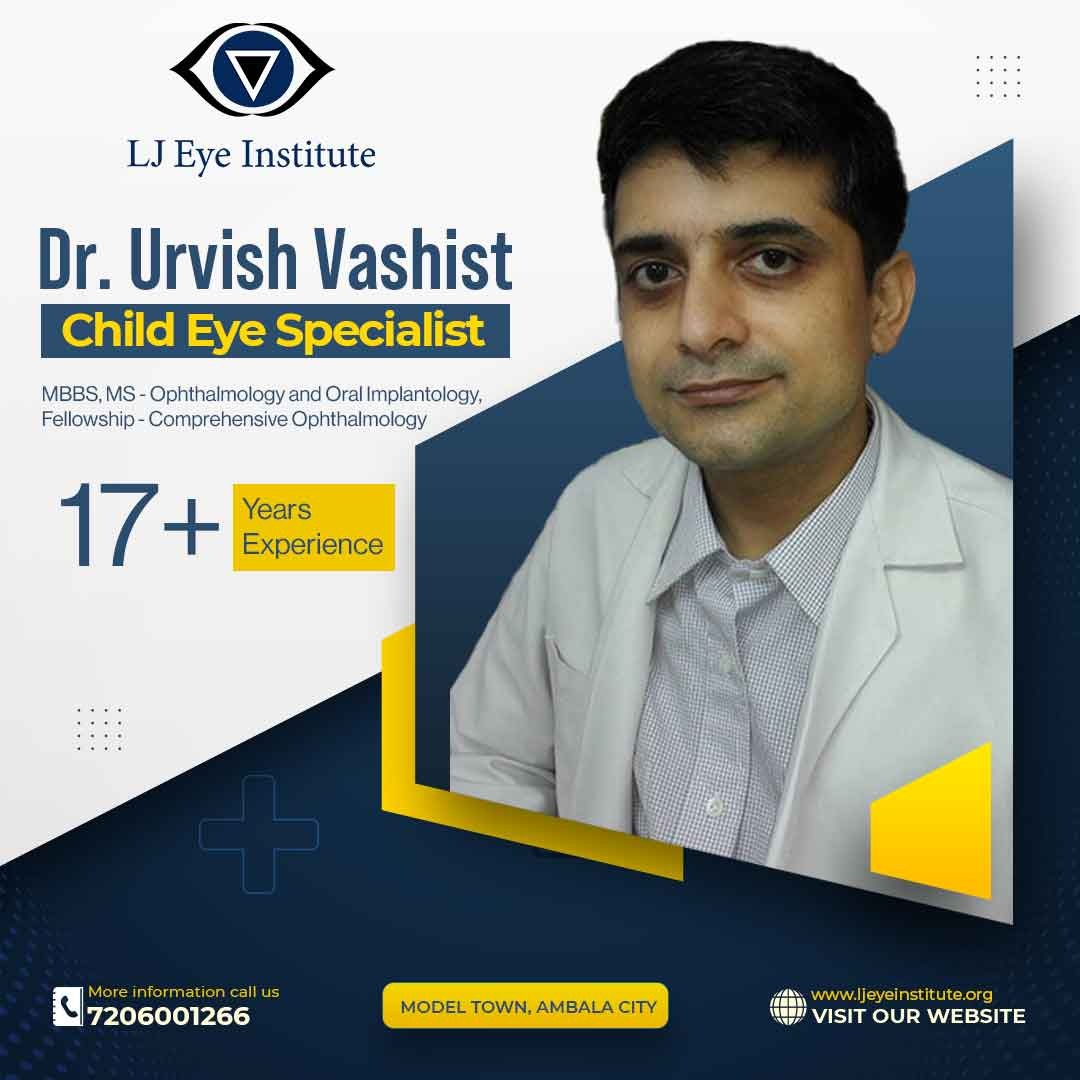
Available Pediatric Eye Treatments
Myopia
Squint Correction
Lazy Eye / Amblyopia
Watery Eyes
Eye Allergy
Cataract in Kids
In Numbers
Squint Correction
Lazy Eye Treatment
Myopia Patients
Kids Cataract Surgeries
At LJ Eye Institute, we offer specialized eye treatments for kids, We offer a wide range of pediatric eye issues.
Most Advanced Eye Transplant Techniques Available
At LJ Eye Institute we use most advanced Eye Transplant techniques whichever is available in the world, which further help to increase the success rate. Where using traditional techniques the success rate is 70% to 75%, the new techniques increase the success rate to 90% to 95%.These advanced techniques includes DMEK, DALK, DSEK, using such techniques we need not to change whole Cornea and we change only One or required number of layers of Cornea.

Myopia Treatment at LJ Eye Institute
Myopia, commonly known as nearsightedness, is a refractive error of the eye where distant objects appear blurred while close objects can be seen clearly. This occurs when the eyeball is too long or the cornea is too curved, causing light rays to focus in front of the retina instead of directly on it. As a result, images of distant objects are focused in front of the retina, leading to blurry vision. Myopia is a common vision condition that can often be corrected with eyeglasses, contact lenses, or refractive surgery. If left uncorrected, myopia can potentially lead to complications such as eyestrain, headaches, and an increased risk of other eye problems like glaucoma and retinal detachment.

Lazy Eye / Amblyopia Treatment at LJ Eye Institute
Lazy eye, also known as amblyopia, is a vision development disorder that typically begins during infancy or early childhood. It occurs when one eye has significantly better vision than the other, leading the brain to favor the stronger eye and ignore signals from the weaker eye. As a result, the weaker eye does not develop properly, leading to reduced vision that cannot be fully corrected with glasses or contact lenses.
Amblyopia can be caused by various factors, including strabismus (misaligned eyes), significant differences in refractive errors between the eyes (anisometropia), or certain eye conditions such as cataracts or ptosis (drooping of the eyelid). Early detection and treatment are crucial for improving vision in the lazy eye.

Squint Treatment at LJ Eye Institute
Squint, also known as strabismus, is a condition characterized by an abnormal alignment of the eyes. In a person with squint, the eyes may not point in the same direction simultaneously. This misalignment can be constant or intermittent and may affect one or both eyes.
There are several types of squint:
- Esotropia: One or both eyes turn inward towards the nose.
- Exotropia: One or both eyes turn outward away from the nose.
- Hypertropia: One eye is higher than the other, causing misalignment in an upward direction.
- Hypotropia: One eye is lower than the other, causing misalignment in a downward direction.
Squint can occur due to various factors, including muscle imbalance, refractive errors (such as nearsightedness, farsightedness, or astigmatism), neurological conditions, or trauma.

Cataract in Kids
Cataract in children is a condition characterized by the clouding of the lens inside the eye. Normally, the lens is clear, allowing light to pass through and focus on the retina, enabling clear vision. However, in cataract, this lens becomes cloudy, leading to blurred or impaired vision.
While cataracts are more commonly associated with aging, they can occur in children for various reasons, including genetic factors, metabolic disorders, trauma, inflammation, or infections contracted during pregnancy. In some cases, cataracts may be present at birth (congenital cataracts) or develop during childhood (developmental cataracts).
Cataracts in children can significantly impact visual development and may lead to permanent vision loss if left untreated. Early detection and prompt treatment are essential to minimize the impact on vision.
Still Have Questions?
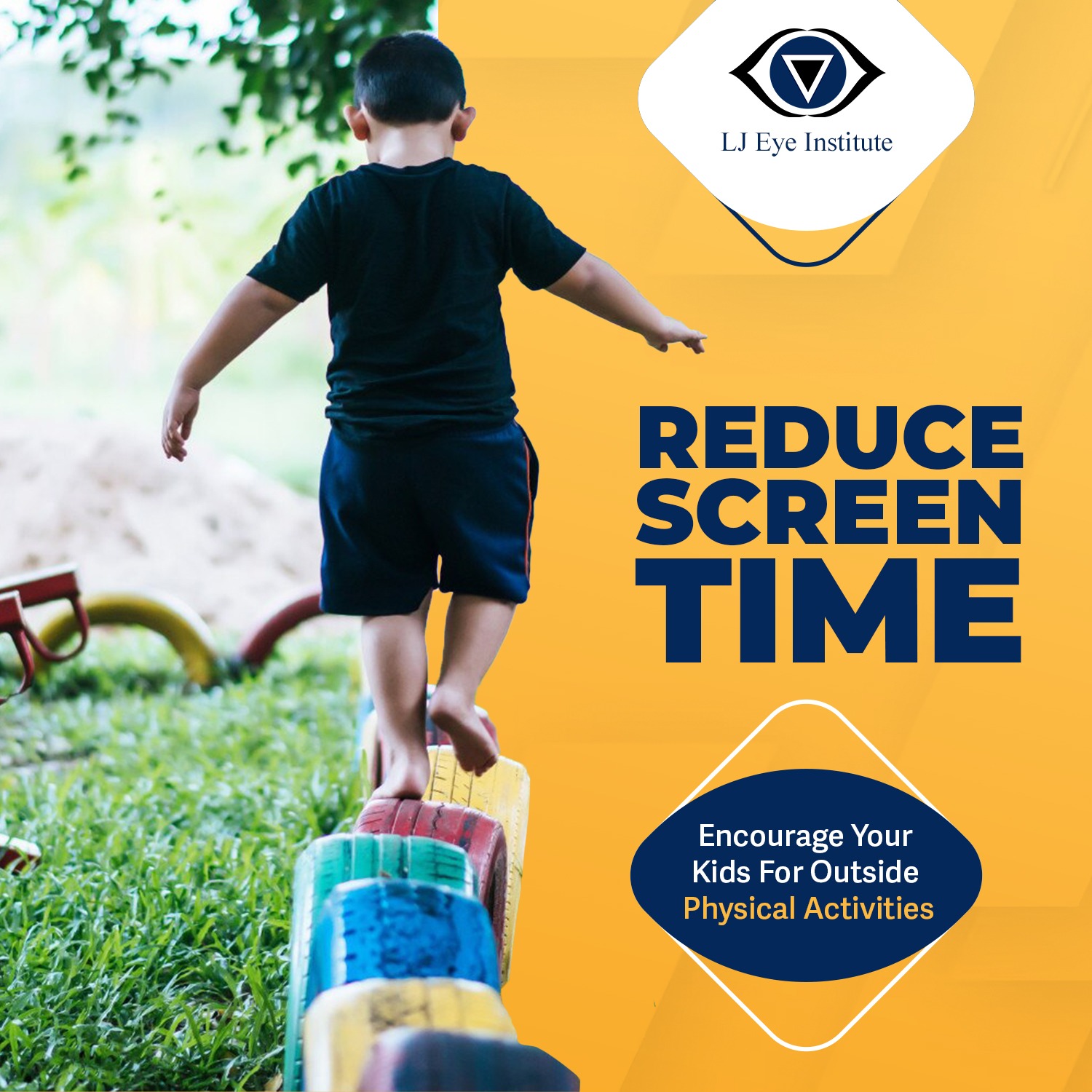

Patients Feedbacks

My 6 year old son was facing allergy in his eyes since a long time. Then we visited LJ eye hospital and consulted Dr Urvish. He is a highly efficient consultant. staff is also good.

Got my son’s squint surgery done from Dr urvish vashisht. Satisfactory treatment. Staff was also polite and helpful.

Dr urvish vashisht is an amazing doctor. Really satisfied with the line of treatment and services.
Empanelments

